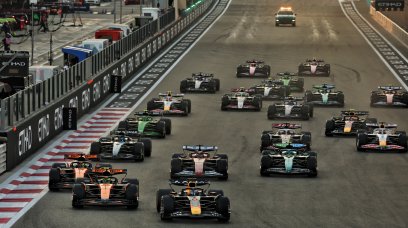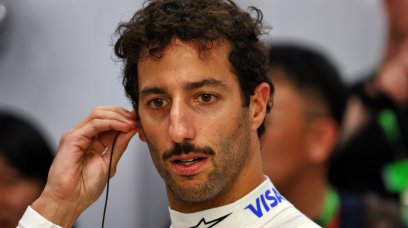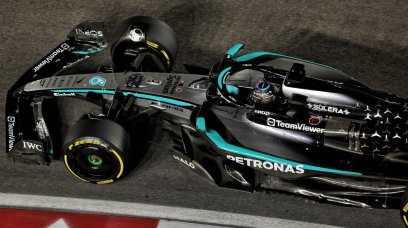Formula 1 drivers will have less tyre sets available than usual during the Hungarian Grand Prix weekend, as part of a sustainability trial by Pirelli. The tyre maker wants to reduce the amount of waste it produces over the course of a Grand Prix weekend, and one of the methods is to take less tyres to each round. Originally meant to take place at the Emilia Romagna Grand Prix before it was cancelled due to mass floods, the 'Alternative Tyre Allocation' will have a significant impact on how drivers approach qualifying. RacingNews365.com takes a look at five things you need to know before the trial makes its debut at Hungary.
1. Less tyres available for teams
Under the Alternative Tyre Allocation rules drivers will only get 11 sets instead of the usual 13 sets. This means just three sets of Hard tyre, four sets of Medium, and four sets of the Soft tyre. A set must be returned after FP1 and FP2, then two more after FP3, with drivers having to retain a set of Hard and Mediums for the race on Sunday.
2. Drivers have no free tyre choice for qualifying
Usually drivers can chose any of the three dry compounds for each part of qualifying, now they will be limited by the regulations over which one they can run during Q1, Q2, and Q3. For the first part drivers must use the Hard tyre, the Medium for the second part, then the Soft for the top ten shootout. Pirelli has brought the softest compounds in its tyre range this weekend: C3, C4, and C5. This is a change from last year where is was the mid range C2, C3, and C4. Joseph McMillan, Mercedes Senior Race Strategy Engineer, said: “It will definitely add to the challenge. When it comes to qualifying, we are usually focused on how we get the best out of the soft tyre on a single lap. "That includes assessing what the optimum tyre preparation is, what the best out lap profile looks like, among other things. We now must think about that for three different compounds."
3. More race strategy options
With more sets of the Medium and Hard available than at other races, this will have a significant impact on race strategy. It is likely teams will gravitate towards the Medium and Hard compound as the main race tyre, while the Soft is going to be more for one-lap pace. "Normally, we must commit to whether we want a second hard tyre, a second medium, or a soft tyre. At several races this year, we have opted to save a second set of new hard tyres for the race," said McMillan. "Whilst this does not come into play strategically, it’s a major decision all teams must make. This will likely not be the case in Budapest though, and post-qualifying, we will have an ability to select our strategy without some of those limitations we usually have.”
4. Impact on carbon neutrality
The main reason behind Pirelli's trial is to see how much of an impact it will have on the racing if they reduce the amount of tyres teams will take to each Grand Prix. The scheme would likely save two tyre sets per car, per weekend which would become a total of 46 sets across an entire season. With the grid made up of 20 cars, it would mean that a total nearing 1,000 sets of tyres would not have to be created or shipped around the world. This would help with Pirelli's ambitions to improve its carbon neutrality status worldwide.
5. Full impact could yet to be determined
While rain is not forecasted for the Hungarian GP weekend, thunderstorms in the area cannot be ruled out. Should it happen, drivers will still be able to make use of the Intermediate and full Wet tyre allocation. This currently sits at four sets of the Intermediate and three sets of Wet tyres. But if it happens during qualifying, we would not see the affects of running mandated compounds in each part of the session. The format will be tested again this season at the Italian Grand Prix in September, which could be when we see the bigger picture of this new format.
Most read








